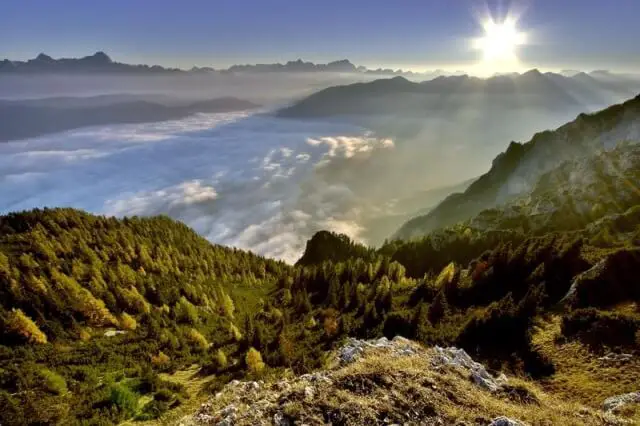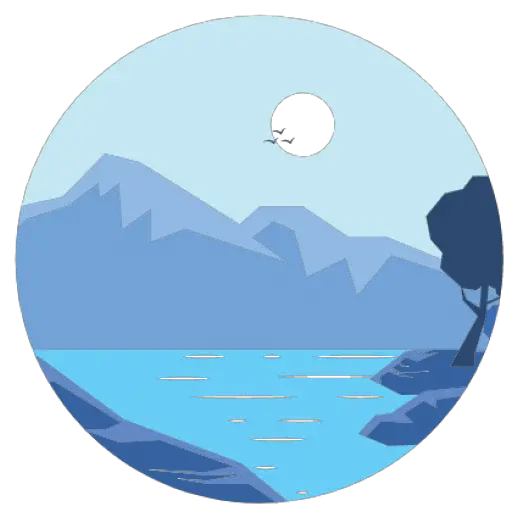 The Via Alpina, once discovered, is not only a hiker’s dream – it is also symbolic of a treaty formed between the eight countries that communally share the Alps mountain range. Just over a decade ago, a vision to formally unite Switzerland, Germany, Austria, Italy, Monaco, Slovenia, Liechtenstein and France via a transalpine hiking and walking trail was born. With five trails, totalling 5,000 km and comprised of 342 stages, those who decide to complete partial treks or the full journey are treated to a natural and cultural immersion across European borders. None of The Via Alpina paths are particularly difficult, unless you decide to walk during the winter months (which is not recommended). You can either approach one of the trails as a test of endurance or as a leisurely stroll with frequents stops at adjoining towns along the way.
The Via Alpina, once discovered, is not only a hiker’s dream – it is also symbolic of a treaty formed between the eight countries that communally share the Alps mountain range. Just over a decade ago, a vision to formally unite Switzerland, Germany, Austria, Italy, Monaco, Slovenia, Liechtenstein and France via a transalpine hiking and walking trail was born. With five trails, totalling 5,000 km and comprised of 342 stages, those who decide to complete partial treks or the full journey are treated to a natural and cultural immersion across European borders. None of The Via Alpina paths are particularly difficult, unless you decide to walk during the winter months (which is not recommended). You can either approach one of the trails as a test of endurance or as a leisurely stroll with frequents stops at adjoining towns along the way.
In a series of five blog posts, we will describe each of the international trails. Let us start with the longest of the treks – The Red Trail.
The Red Trail is the only one of the five routes to cross all eight alpine countries; its 2,414 km course, from Trieste to Monaco, involves 44 border crossings and 161 mountain stages.
Maurice Chazalet from France had been dreaming for some time to complete a trek through the entire Alps but was overwhelmed with researching individual guidebooks for each country. In 2005, when all of the Red Trail signage was installed and maps completed, Chazalet had clear direction for completing his aspired journey in a three-month period. (Note: For the leisure walker, this timeline is not so realistic). Along the Red Trail, Chazalet would have experienced almost all of The Alps’ major peaks, such as Triglav, Tre Cime of Lavaredo, Zugspitze, Bernina, Mont Blanc, the Vanoise glaciers and Matterhorn, all over 4,000 m high. From chilly mountaintops to warm sea level beaches, the Red Trail passes through various natural biomes as well as cultural alcoves. “While hiking in Austria, I saw a father and his daughter reaping a field by hand on a very high slope. Nobody in France works land like that anymore,” shared Chazalet (National Geographic). Imagine directly observing countryside and city life, and their unique sense of history, in each of the regions you pass!
Some walkers and hikers trekking the Red Trail choose to travel from hut to hut, while others stay in more comfortable accommodations in nearby towns. You can search Touching Nature’s walker-friendly accommodations database to plan your sleeping arrangements for your Via Alpina adventures.
Whether you chose to complete the Red Trail from start to finish in one go or over a series of holidays, you will experience a sense of such accomplishment and a journey-by-foot of a lifetime!
